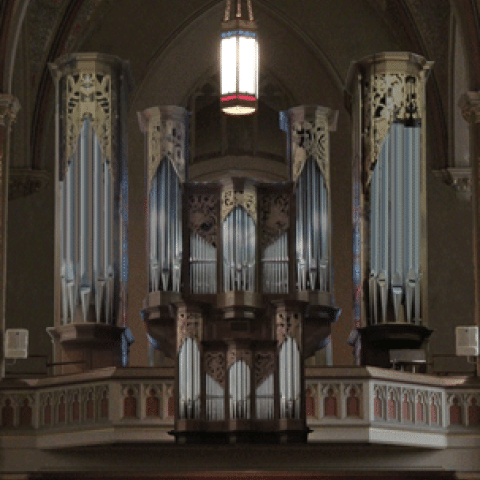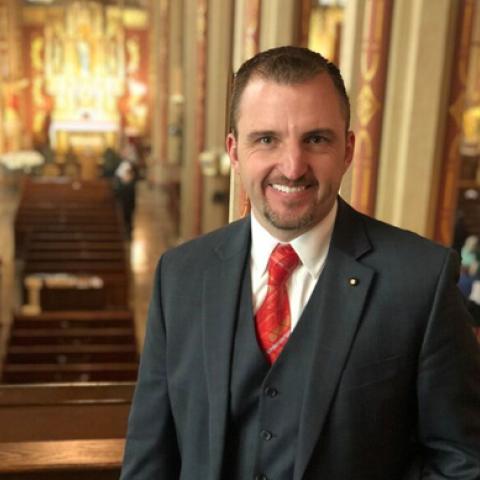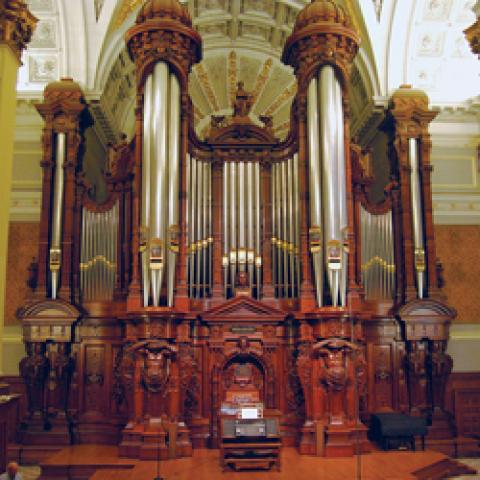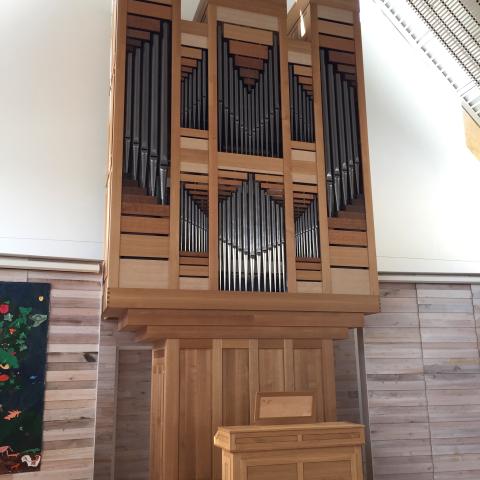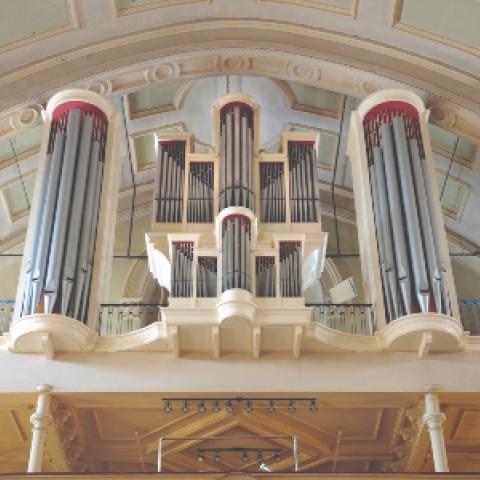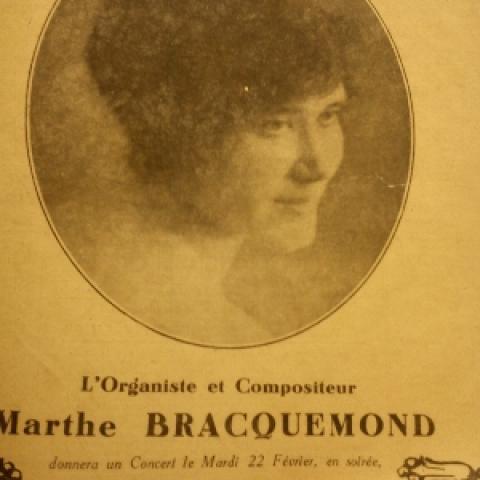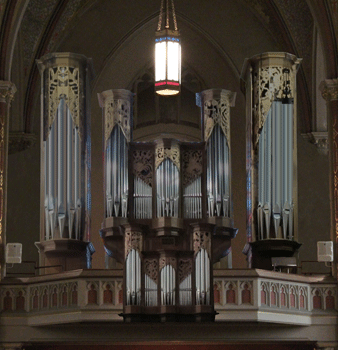
St. Francis de Sales Oratory, St. Louis, Missouri, announces the inaugural recitals for the dedication of the 1991 Karl Wilhelm Opus 123, Sundays at 2:00 p.m.: October 18, Olivier Latry; December 13, Steven Ball; March 14, 2021, Michael Hey; May 16, Paul Jacobs.
Opus 123 is a three-manual and pedal, 58-rank, mechanical-action organ originally installed in First Presbyterian Church, Syracuse, New York. Karl Wilhelm, the original builder, has come out of retirement to oversee both the installation and tonal finishing.
The Oratory is known for its varied choral repertoire spanning several centuries, performed by numerous ensembles. The liturgies are conducted in Latin using the Extraordinary Form of the Roman Rite. For more information on the project and on event ticketing: www.traditionfortomorrow.com.
Another Events notice of interest:

